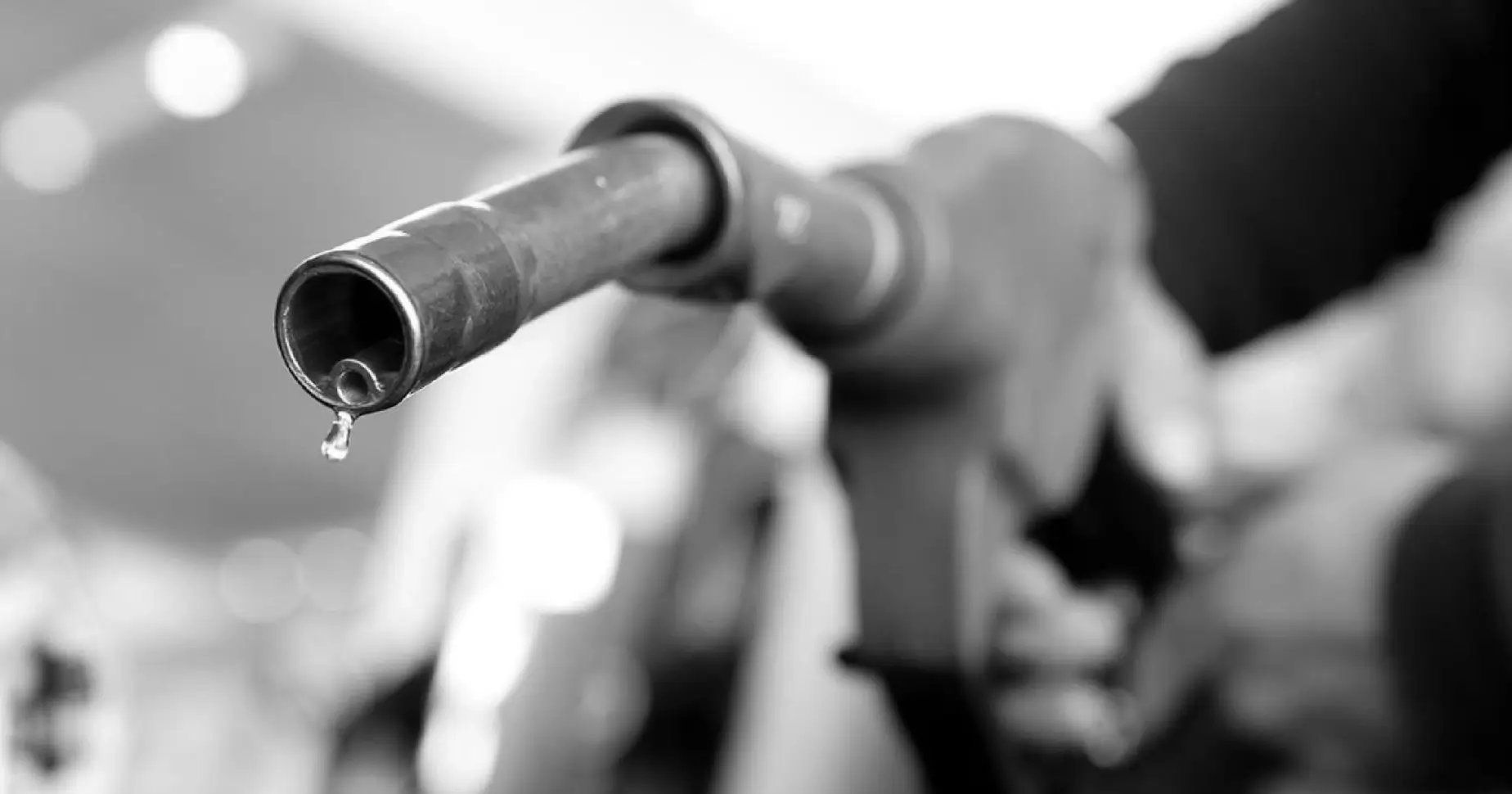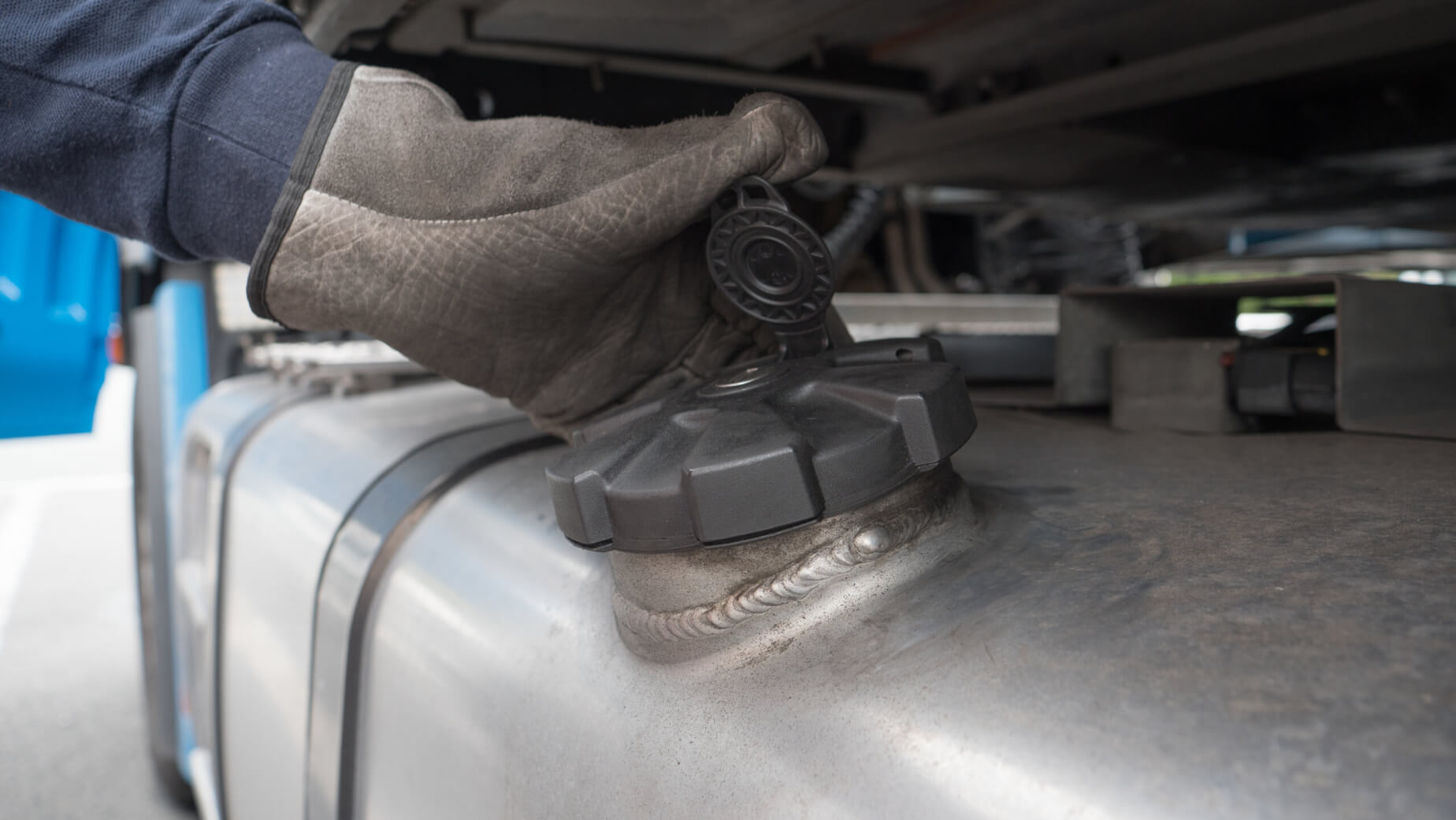Whether you are in charge of construction vehicles, running a bunch of stores, or handling farm operations, one annoying problem we all face is water getting into our car’s gas tanks. We understand that having water in your gas tank can cause various engine problems but don’t worry, as we will discuss later how you can check and fix water in gas tank for your vehicle.
Suppose your delivery trucks are all set for a busy shift. Or your tractors are gearing up for farm work. Suddenly, an unexpected issue hits, and it’s water causing trouble in the gas tank. It may seem minor, but it can complicate your plans and slow your business operations.
We must identify and promptly address the symptoms of water in the gas tank. The awareness of those tank particularly having water in fuel symptoms and their solutions is essential for a healthy engine and smooth vehicle performance. This blog will highlight those primary water in gas tank symptoms and their practical solutions.
Key Takeaways
- Water in your gas tank can lead to serious issues such as corrosion and damage to the fuel system, including the fuel pump and injectors.
- If you suspect water contamination, it’s important to remove the water from the fuel tank. Small amounts can be treated with additives, but larger amounts often require siphoning or draining the gas tank.
- While modern sealed fuel systems reduce condensation, water can still settle at the bottom of the tank, where it doesn’t mix well with gasoline and can create bad gas that harms performance.
- Using a fuel additive like Heet can help remove water, but it’s important to address larger amounts of water by siphoning or draining the tank.
- Keeping the tank filled with fresh gas can help minimize condensation risk, especially in humid climates or when the vehicle is stored for long periods.
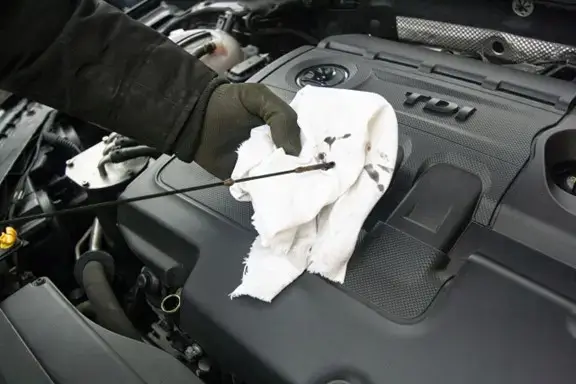
How Does Water Get Into Your Gas Tank?
Water can sneak into your gas tank through condensation, leaks in the fuel system, or exposure to rain. Filling up at gas stations in humid areas or leaving the gas cap off increases contamination risks. Awareness of these factors helps you protect your vehicle’s fuel system.
The three most common reasons for water mixing in gas tanks:
1. Condensation
Condensation is one of the early symptoms of water in gas which occurs when temperature changes cause moisture in the air inside the gas tank to form water droplets over time. This can lead to a small amount of water collecting at the bottom of the tank.
2. Infiltration
Infiltration happens when water seeps into the gas tank through leaks or contaminated fuel supplies, potentially causing symptoms of water contamination like poor engine performance.
3. Faulty Gas Caps
Defective gas caps can allow rainwater or moisture to enter the tank, especially if seals are weak in wet climates, resulting in water in your fuel.
If you suspect that water in your gas tank is affecting your car, consult a mechanic to help remove the water, as it can cause corrosion and damage to the fuel system components such as the fuel pump and injectors.
What Are the Symptoms of Water in the Gas Tank?
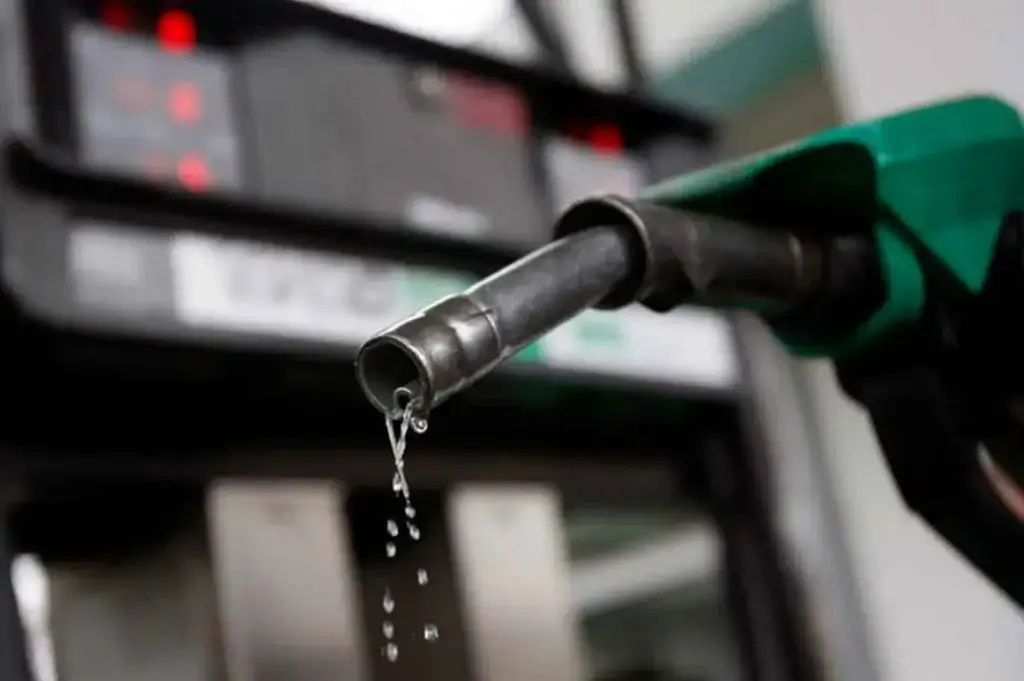
Detecting water in a gas can be tricky since symptoms are not always apparent. However, there are some signs to watch out for.
Are you scared there’s water into the fuel tank? Symptoms of water in my gas tank may include:
1. Poor Engine Performance
Common symptoms of water in y our gas tank include poor engine performance, rough idling, stalling, and difficulty starting. Water disrupts combustion, causing power loss and making the engine struggle.
Water in the fuel tank can lead to erratic vehicle performance and potential long-term engine damage. If you notice these symptoms, it’s important to address them to avoid further issues.
2. Engine Sputtering and Hesitation
If there’s water in your gas tank, your engine may sputter and hesitate during acceleration. Water contamination disrupts combustion, causing irregularities that make the engine struggle to maintain speed. This results in a jerky driving experience, especially when you try to accelerate.
3. Rough Idling on Injectors and Misfires
Most cars manufactured in the past two decades use fuel injectors instead of carburetors. These injectors spray the necessary fuel into the engine’s combustion chamber. When water mixes with the fuel in the gas tank, it disrupts the fuel’s density, which the injectors rely on to function properly. This imbalance puts stress on the injectors and can lead to engine stalling, as well as uneven firing of the engine cylinders, causing rough idling and misfires.
4. Causes Unexpected Engine Stalling
Initially, the engine may run fine, but over time, symptoms of water in your gas tank will appear. A significant amount of water in the fuel tank can cause unexpected engine stalling, leading to sudden stops while driving or idling.
5. Water In Gas Tank Produces Unusual Fuel Smell
If you notice an odd smell coming from the fuel, it could indicate that there’s water in it. Water can alter the typical gasoline smell, creating a strange and unpleasant odor. This unusual smell is a strong sign that water might have entered the fuel system, so it’s important to check it out to prevent further issues with your vehicle’s performance.
6. Decrease in Fuel Efficiency
Water in your gas tank can reduce fuel efficiency. Since water is heavier than gas and doesn’t combust, it disrupts the engine’s fuel use, leading to increased consumption. Consequently, you may find yourself visiting gas stations more often, even under normal driving conditions.
DIY Diagnostic Tests for Detecting Water in the Fuel Tank
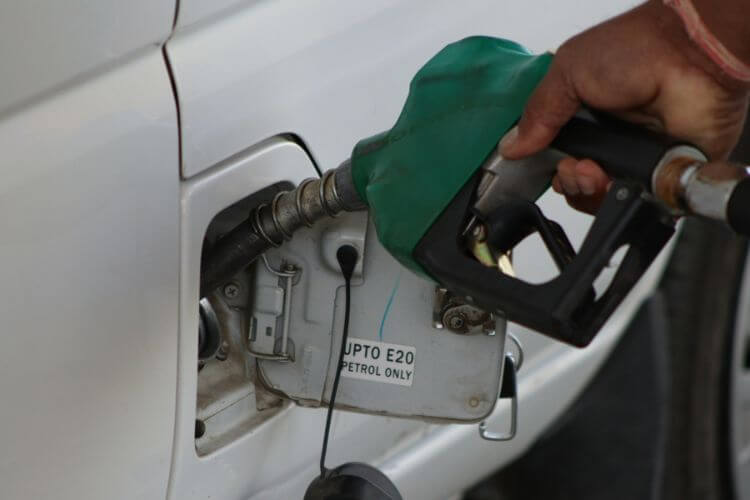
Wondering what to do if you get water in your gas tank? Don’t panic, let’s understand the two tried-and-true DIY diagnostic tests for detecting water in fuel:
1. Visual Inspection Tips
To check for water in the gas tank, drain a few ounces into a clear glass container. Let it sit for 30 minutes to allow separation. Water, being heavier than gasoline, will settle at the bottom, forming a clear layer. Inspect for signs of water contamination by looking for a gelatinous layer beneath the gasoline.
2. Using Water Detection Additives
A reliable way to check for water in your gas tank is to use water-detecting additives. Apply a small amount on a dipstick or wooden stick, insert it into the tank, and look for signs of water. If there’s water at the bottom of the tank, the paste will change color.
” While professional diagnostics are ideal for precise evaluation, simple DIY methods exist to identify potential water contamination. If you suspect water has contaminated your fuel supply, there are two ways to check for the presence of water. If either method results in a positive test for water in the fuel, your best action is to drain the fuel tank completely and refill it with fresh fuel.
How to Remove Water in Gas Tank Safely
Look out for water in fuel tank symptoms. You can implement the following solutions to actively mitigate the consequences and ensure the integrity of your fuel system.
1. Fuel Additives and Treatments
Using specific fuel additives to disperse water is a proactive way to deal with water buildup in your tank. These additives break down water particles into smaller sizes, preventing the formation of larger droplets. They work by neutralizing water in the gas tank and preventing water-related problems.
2. Draining and Replacing Fuel
If you think your fuel tank has water, take immediate action to remove the fuel from your tank. Drain and clean the tank to remove any water, sediment, or contaminants. Then, slowly pour in new fuel, start the engine, and monitor its performance to ensure the tank is back in working condition.
3. Professional Assistance
Seeking professional help is essential if DIY solutions fail. Experts can effectively address extensive water contamination in your fuel tank, ensuring thorough restoration of your vehicle’s fuel system.
4. Fuel System Cleaning
The ultimate solution to eliminate water from your gas or diesel tank involves thoroughly cleaning the entire fuel system.
Diesel tank cleaning is conducted to ensure the tank is contaminant-free.
Professionals use techniques like fuel system flushing to achieve this. Fuel system flushing involves carefully cleaning the fuel system to eliminate water, dirt, or debris.Moreover, they perform fuel polishing to enhance fuel quality by removing impurities.
5. Water Removal Products
Water remover products are vital for your fuel, combating rust and corrosion while preventing fuel line freeze and removing water contamination.
Select the right product and follow instructions to effectively treat the gas tank. Add the recommended amount to the tank, start the car to circulate the treated fuel, and monitor for symptoms of water in your car’s tank. These products work quickly, offering relief from water-related issues.
Preventive Measures to Avoid Water Contamination in Fuel Tank
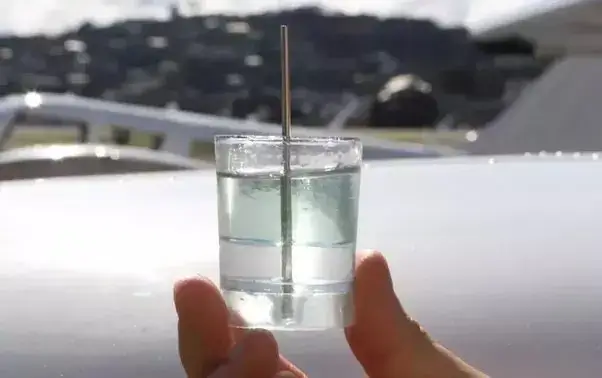
Understanding and implementing preventive measures help reduce the challenges associated with water contamination.
Here are some top-notch preventive measures to avoid having Water in your gas tank:
1. Maintaining Fuel Quality
Choose high-quality fuel and opt for reputable gas delivery services. Water contamination can occur even in storage tanks. So, storing the fuel in reliable above-ground fuel tanks is a good practice.Above all, you must know how long you can store diesel in a fuel tank. This is to ensure that the fuel quality remains maintained, as holding it for an extended period in one place may affect its quality.
2. Gas Cap Care
A proper gas cap seals the fuel tank and prevents water from entering the fuel system. If it’s faulty or worn, replace it promptly to avoid water contamination.
3. Regular Vehicle Maintenance
Regularly inspecting your vehicle’s fuel system can help detect issues promptly, preventing water in the tank and maintaining the fuel system’s health.
4. Avoid Condensation
Condensation may occur due to improper fuel fillings. You must keep the tank as full as possible to minimize air space and avoid condensation in the gas tank. Above all, refuel during cooler times of the day to prevent temperature changes that contribute to condensation.
Looking for a Premium Diesel or gasoline fuel?
Fuel Logic offers premium quality diesel and gasoline fuel directly to your equipment 24/7— you can get the right fuel for your equipment.
FAQs (Frequently Asked Questions)
Q1: How much water in a gas tank will cause damage?
Answer: The extent to which water can damage a car varies based on factors such as the size of the gas tank and the water concentration in the fuel system, and the effectiveness of the fuel filter. Even a small amount of water can adversely affect the engine.
Q2: Can a little water in gas tank damage the engine?
Answer: Tiny amounts of water can usually pass through the fuel system without causing damage. However, even a small quantity of water can begin to cause problems.
Q3: What are the risks of removing water In Your gas tank by Yourself?
Answer: Removing water from your gas tank by yourself is risky. Mishandling can damage the fuel system or introduce contaminants, causing more harm. Doing it without experience may even lead to further damage or void warranty coverage. So, it’s safer to seek professional help.
Q4: How often should You check for water in gas tank as part of regular maintenance?
Answer: It’s recommended that you check your gas tank for water weekly as part of regular maintenance. This ensures the timely removal of accumulated water and contributes to the proper functioning of the fuel system.
Q5: Is it safe to drive my vehicle if I suspect there is water in the gas tank?
Answer: Having water in your gas tank can lead to several engine issues, such as trouble starting the vehicle, rough idling, engine stalling, and misfires. Driving your vehicle is unsafe if you suspect water in the gas tank, as it can damage the fuel pump. It can lead to critical engine and system problems mentioned. It can also corrode fuel system components.
Conclusion
Water in your car’s fuel tank can cause various issues, such as decreased fuel efficiency and engine damage. Therefore, you must acknowledge the causes, consequences, and solutions for water contamination to ensure your vehicle’s optimal performance and longevity.
Moreover, you must also provide regular maintenance, handle fuel carefully, and take preventive measures to keep water out of the fuel tank.
However, if you have queries related to fuel contaminants or deliveries, we are here for your assistance.
Fuel Logic is always at your service to answer your questions and address your water in gas tank symptoms needs.
Whether it’s about an emergency fuel delivery or any fleet fuel usage and relevant need, make a call and place the order today!


